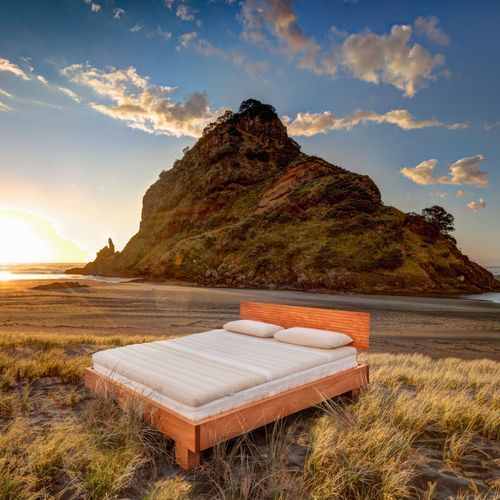Kids Mattresses
- Kids mattresses are an essential component of children's bedding. The best kids mattresses are attractive, child-friendly designs that not only provide comfort but also support growth at all ages. Suppliers at ArchiPro offers a range of kids mattresses made with high-quality materials and designed to support children as they age. The collection includes mattresses of all sizes, from toddlers to larger sizes that can last through adolescence.Why ArchiPro?
No more endless searching -
Everything you need, all in one place.Real projects, real experts -
Work with vetted architects, designers, and suppliers.Designed for New Zealand -
Projects, products, and professionals that meet local standards.From inspiration to reality -
Find your style and connect with the experts behind it.Start your Project
Start you project with a free account to unlock features designed to help you simplify your building project.
Learn MoreBecome a Pro
Showcase your business on ArchiPro and join industry leading brands showcasing their products and expertise.
Learn More
